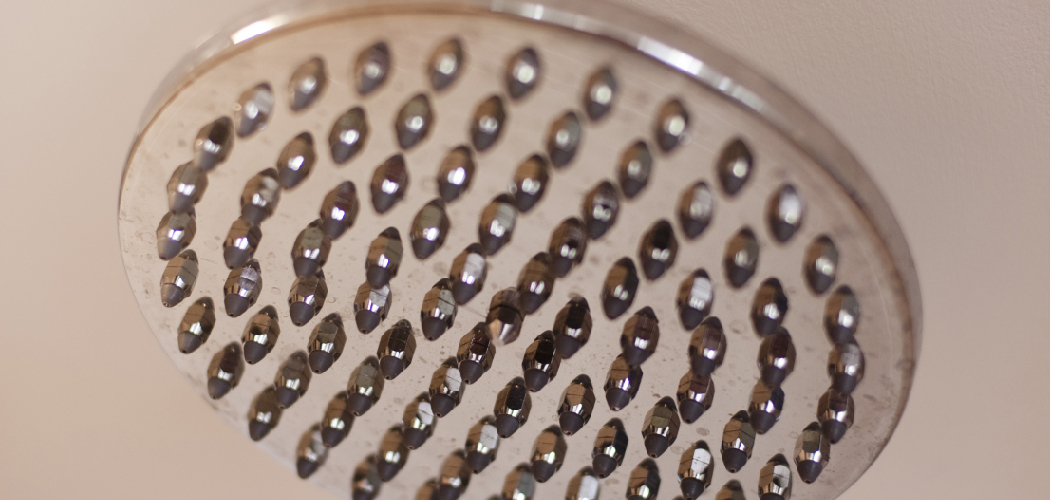Cleaning a bacteria-laden shower head is essential for maintaining a healthy and hygienic bathroom environment. Shower heads can accumulate mineral deposits, mold, and a host of bacteria over time, which can lead to potential health risks and reduce water flow. In this guide, we will explore effective methods for how do you clean a bacteria shower head, ensuring not only that it looks good but also that it functions optimally and provides clean water for your showers. Whether you prefer natural cleaning solutions or commercial products, we’ll cover a variety of techniques suited for different types of shower heads.
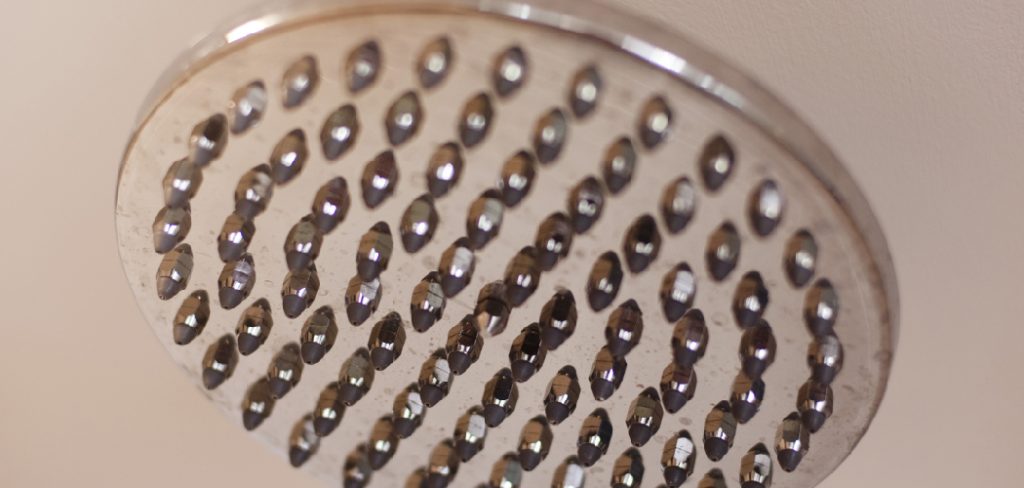
Why Bacteria Can Accumulate in Shower Heads
Bacteria can accumulate in shower heads due to a combination of moisture, warmth, and organic material that creates an ideal breeding environment. Shower heads are often exposed to water that contains various microorganisms, which can multiply rapidly in the damp and often warm conditions found in bathrooms.
Additionally, the presence of mineral deposits, soap residue, and skin cells can provide nutrients that fuel bacterial growth. When these elements combine, they not only promote the proliferation of harmful bacteria but also contribute to the formation of biofilm—a slimy coating that can further enhance bacterial survival and increase the risk of exposure during showers. Regular cleaning and maintenance are crucial to disrupt this cycle and keep shower heads clean and safe.
Common Types of Bacteria
Several types of bacteria may be found in shower heads, each presenting unique risks to health. One of the most prevalent is Pseudomonas aeruginosa, a strain that can thrive in moist environments and is known to cause infections in individuals with compromised immune systems. Another common bacterium is Mycobacterium avium, which can lead to pulmonary infections, particularly in those with existing respiratory conditions.
Escherichia coli (E. coli) may also appear, primarily when contaminated water sources are involved, posing gastrointestinal risks. Lastly, the presence of Legionella species, responsible for Legionnaires’ disease, is a serious concern, especially in poorly maintained plumbing systems. Understanding these bacteria highlights the importance of regular cleaning and maintenance to safeguard health and hygiene.
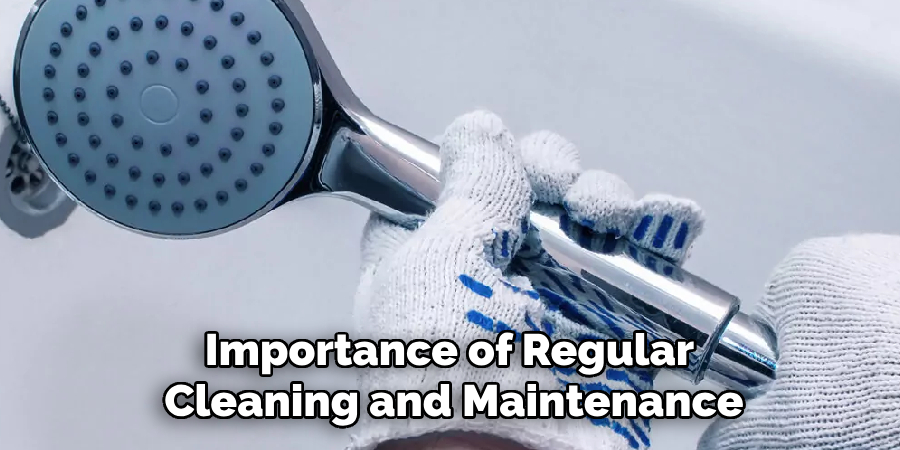
10 Methods How Do You Clean a Bacteria Shower Head
1. Soak the Shower Head in White Vinegar for Natural Disinfection
One of the most popular and natural ways to clean a bacteria-laden shower head is by using white vinegar. Vinegar has antibacterial properties that can help kill germs, while also dissolving mineral deposits and buildup that contribute to bacterial growth. To start, remove the shower head if possible and submerge it in a bowl or plastic bag filled with white vinegar. If the shower head cannot be removed, secure a vinegar-filled bag around it with a rubber band. Allow it to soak for several hours or overnight. Afterward, scrub the nozzles with a toothbrush to remove any remaining deposits, rinse thoroughly, and reinstall. This method is safe, eco-friendly, and effective against many types of bacteria.
2. Use Hydrogen Peroxide for Stronger Bacterial Elimination
Hydrogen peroxide is another excellent disinfectant for cleaning bacteria from a shower head. It is stronger than vinegar and has proven antibacterial properties that can kill harmful pathogens. To use this method, remove the shower head and submerge it in a solution of hydrogen peroxide (3%) for 30 minutes to an hour. If you can’t remove the shower head, use a plastic bag to soak it as with the vinegar method. After soaking, use a soft brush to scrub away any buildup, then rinse thoroughly with warm water. This method is ideal for households where bacterial contamination is a concern, as hydrogen peroxide is more powerful than other household cleaners.
3. Use a Commercial Disinfectant Cleaner
For a more aggressive approach to cleaning a bacteria-infested shower head, consider using a commercial disinfectant cleaner. Many store-bought bathroom cleaners are formulated specifically to kill germs and bacteria, including strains like Legionella. Choose a cleaner that is safe for the material of your shower head, and follow the manufacturer’s instructions carefully. Usually, this involves spraying the cleaner directly onto the shower head or soaking it in a diluted solution. After cleaning, rinse the shower head thoroughly to remove any chemical residue. Commercial cleaners are highly effective but should be used sparingly, as they can sometimes be harsh on delicate finishes or materials.
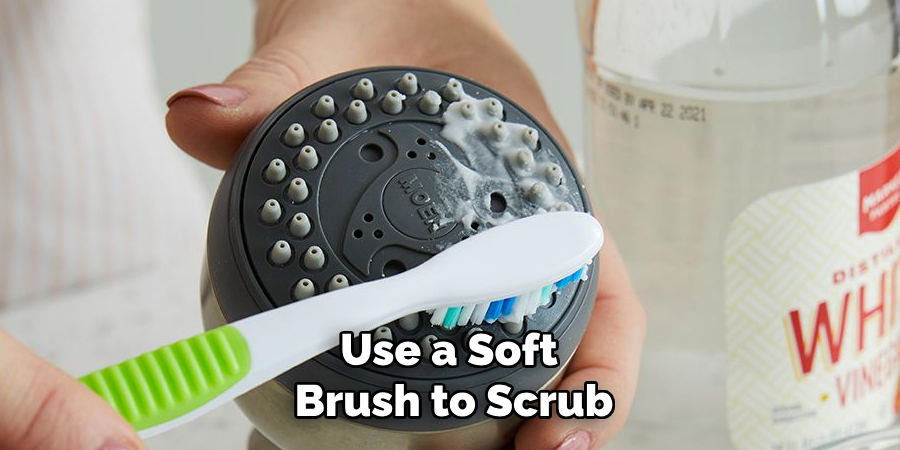
4. Boil the Shower Head for a Heat-Based Clean
Heat is a powerful tool in eliminating bacteria, and boiling the shower head is an effective method to sterilize it. Before boiling, ensure that your shower head is made of materials that can withstand high temperatures, such as metal. If the shower head is plastic, this method should be avoided. To clean with boiling water, remove the shower head and place it in a pot of water. Bring the water to a boil and allow the shower head to simmer for 10 to 15 minutes. The heat will kill bacteria and loosen any mineral deposits. After boiling, scrub the nozzles with a brush, rinse, and reinstall.
5. Use Baking Soda and Vinegar for a Double Action Clean
Combining the power of baking soda and vinegar offers a natural solution that tackles both bacteria and hard water buildup. Baking soda is a mild abrasive that helps to scrub away grime, while vinegar disinfects and dissolves mineral deposits. Start by creating a paste of baking soda and water, then apply it directly to the shower head. Next, soak the shower head in a solution of white vinegar, either by submerging it in a bowl or securing a vinegar-filled bag around it. The fizzing action from the combination of vinegar and baking soda helps to break down both bacterial colonies and buildup.
6. Soak in a Bleach Solution for a Deep Disinfection
Bleach is a strong disinfectant that can effectively eliminate bacteria, mold, and other microorganisms from your shower head. To use bleach safely, dilute it in water at a ratio of 1 part bleach to 10 parts water. Remove the shower head and soak it in the bleach solution for about 10 to 15 minutes. If you cannot remove the shower head, use a plastic bag to hold the bleach solution around it. After soaking, scrub the nozzles with a toothbrush, then rinse the shower head thoroughly to remove any bleach residue.
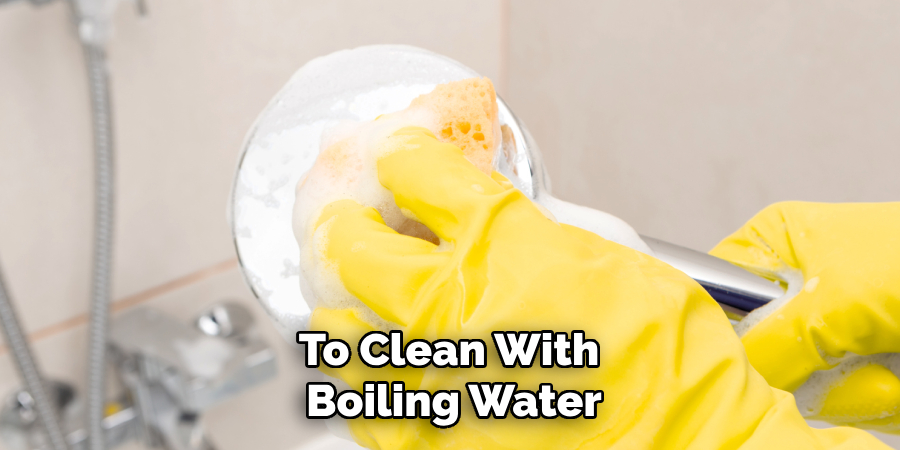
7. Use Lemon Juice for a Natural Antibacterial Clean
Lemon juice is a natural cleaner with antibacterial properties due to its high acidity. It’s also a pleasant-smelling alternative to harsher chemicals. To clean a bacteria-infested shower head, remove it and soak it in a bowl of freshly squeezed lemon juice for several hours. If the shower head cannot be removed, secure a lemon juice-filled bag around it. The acidity in the lemon juice will help dissolve any bacterial colonies and mineral deposits. After soaking, scrub with a soft brush, rinse thoroughly, and reinstall.
8. Use Isopropyl Alcohol for Quick Disinfection
Isopropyl alcohol (rubbing alcohol) is another strong disinfectant that can be used to clean a bacteria-filled shower head. This method is quick and easy, making it ideal for routine maintenance. Dampen a clean cloth or sponge with isopropyl alcohol and wipe down the shower head thoroughly. Focus on the areas around the nozzles, where bacteria tend to accumulate. You can also dip a toothbrush in alcohol and scrub the nozzles for a more thorough clean. After cleaning, allow the alcohol to evaporate or rinse the shower head with water before use.
9. Flush the Shower Head with Hot Water to Remove Bacteria
A simple but effective method to reduce bacterial buildup in your shower head is to flush it with hot water regularly. Hard water buildup and stagnant water can create breeding grounds for bacteria. To flush your shower head, run hot water through it for 5 to 10 minutes. This will help wash away any bacteria, mineral deposits, and debris trapped inside. For best results, perform this flushing routine weekly or biweekly, especially if you live in an area with hard water or if your shower head is prone to bacterial growth. Regular flushing is a preventative measure that helps maintain cleanliness.
10. Replace the Shower Head if Bacterial Growth is Severe
In some cases, a shower head may be so contaminated with bacteria that cleaning efforts are no longer effective. If you’ve noticed persistent problems such as poor water flow, strange smells, or visible mold despite cleaning, it may be time to replace the shower head entirely. Modern shower heads are often designed with antibacterial coatings or self-cleaning features that prevent the buildup of harmful microbes.
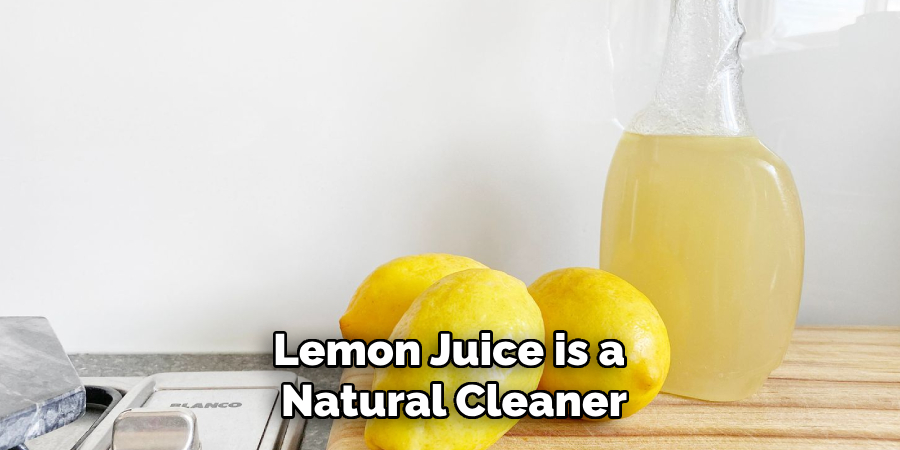
Conclusion
Maintaining a clean shower head is crucial for both hygiene and overall shower experience. By employing the various methods outlined—ranging from natural remedies like lemon juice and baking soda to more robust solutions such as bleach and isopropyl alcohol—you can effectively combat bacterial growth and mineral buildup. Regular maintenance practices, such as flushing with hot water, can prevent future issues and extend the lifespan of your shower head. Thanks for reading, and we hope this has given you some inspiration on how do you clean a bacteria shower head!

